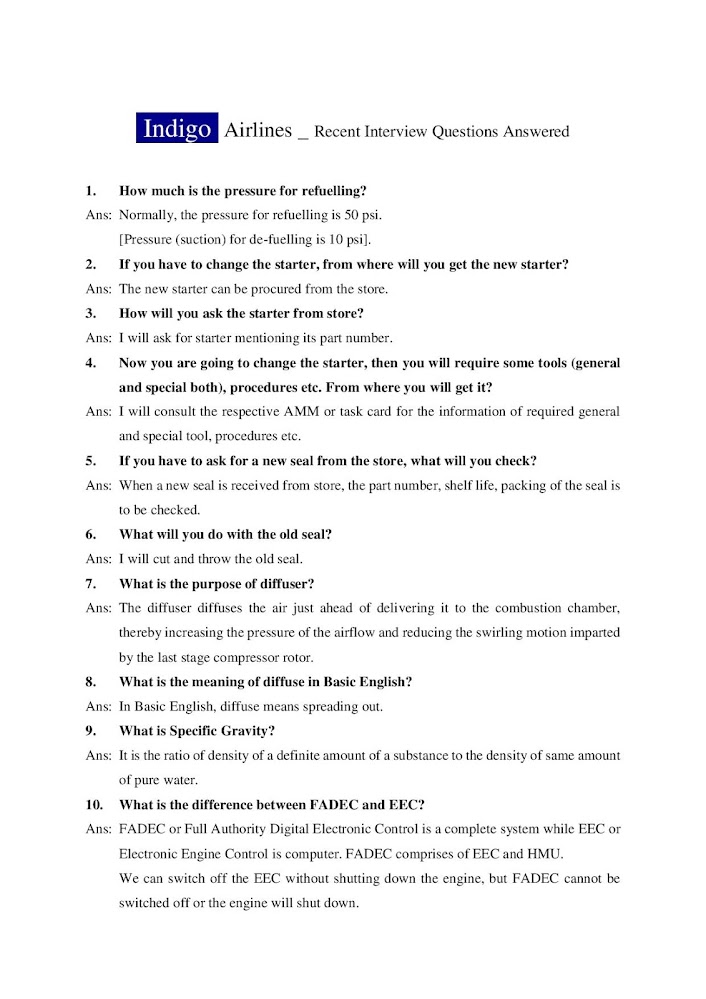Global Positioning System : working
GPS Operations:
2. First, we need to know the exact position of satellite in orbit about the earth.
3.When the satellite transmitts radio wave to an observer on the earth surface , the time delay between when the radio signal was transmitted and received provides the means of calculating the spherical range between the satellite and observer.
4. Through second satellite, we can improve directional ambiguity.
5.Third satellite will improve all directional ambiguity and define our 2D dimensional position on the earth.
6. Fourth satellite will give us the 3D view as well as Latitude and longitude and altitude.
7.Once the user's position has been calculated, the gps receiver can derive additional useful navigation information track,ground speed and drift angle.
Space segment :
Each satellite is installed with the 'four atomic clock' that are extremely accurate, typically maintaining accurate to within three nanosecond(10−9)per day.
Four clocks are installed for backup purpose( In the event of failure).
The satellite are powered by the sun's energy solar panels, nickel cadmium batteries provide electrical power backup.
Each satellite orbit the earth twice per day at an inclination angle of 55 degree with respect to the equatorial plane.
There are 6 define or orbits each containing four satellites.
Satellite have finite operational life, typically 5 to 10 years
Frequency:
1.Each satellite transmits low-power (20-50 watt ) signal on two carrier frequencies L1 (1575. 42 mhz) and L2 (122 7.60 mhz).
2.The ionosphere will refract the satellite's signal, however, since two frequencies are transmitted (L1 and L2), the time difference between when these signals are transmitted and received can be compared and correction factor applied.
3.Data is exchanged between each satellite in the monitoring station via uplink and downlink frequencies in the S band( 2227.5 and 1783.74 mhz respectively).
Satellite downloads following data's :
Almanac data: satellites orbital parameter status.
Ephemeris data : current satellite position and timming information.
Control segment :
Even though satellite's clock is highly accurate, the timing between the satellite gradually drifts over time.
the individual clocks are a monitor and synchronised w.r.t. coordinated universal time by mission control centre.
Each ground station tracks all satellite in view, ranging data and satellite health information is collected on a continuous basis.
This data is processed at control center to establish precise satellite orbits and to update is satellite with its orbital data.
All Updated information is transferred to each satellite via ground antennas.
User segment
1.GPS installed on an aircraft compromises two receivers and two antennas located in a forward position on the top of the fuselage
2.Antennas are typically flat devices, 7 x 5 x 0.75 inch with the single coaxial connector.
3.Aircraft GPS antennas rejects following signals:
a.satellite, which are less than 5 degree from the horizon.
b. signals that are reflected, e.g.from the sea by rejecting incorrectly polarize signals.
The antennas receive signal directly from line of sight satellite.






Comments
Post a Comment